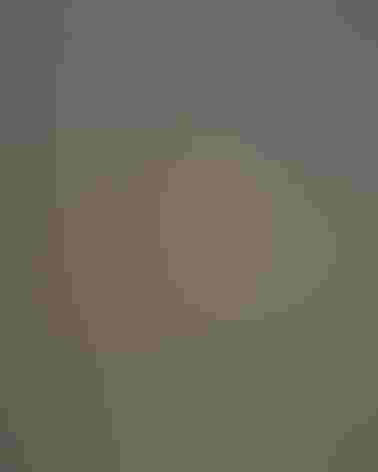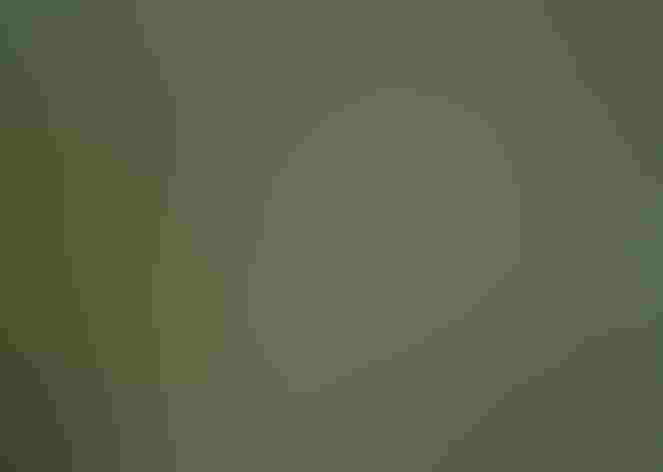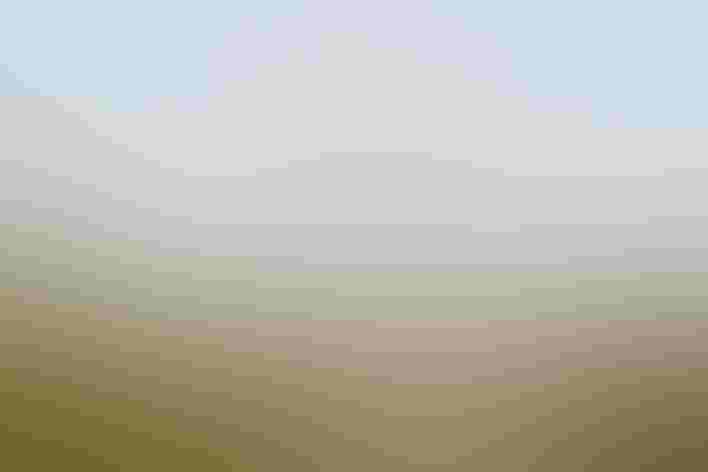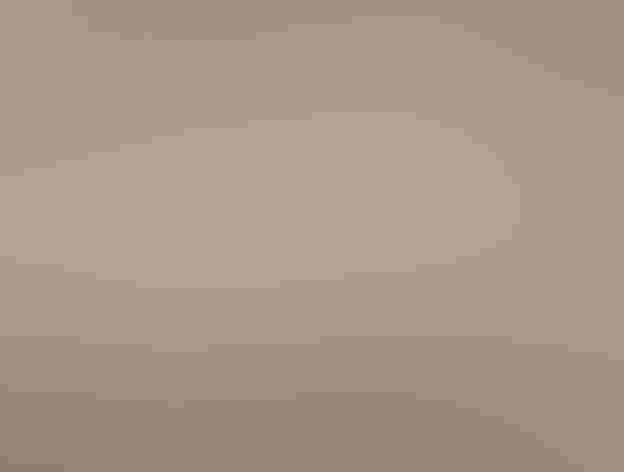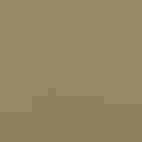Sage Thrasher
At a Glance
This well-named bird is seldom found in summer away from stands of sagebrush. Smaller and shorter-billed than most thrashers, it may suggest a washed-out robin. During the breeding season, its melodious song can be heard incessantly at dawn on the sagebrush flats. The Sage Thrasher is sometimes elusive; if pursued closely it may seem to disappear, only to pop up on a bush top a hundred yards away.
All bird guide text and rangemaps adapted from Lives of North American Birds by Kenn Kaufman© 1996, used by permission of Houghton Mifflin Harcourt Publishing Company. All rights reserved.
Category
Mockingbirds and Thrashers, Perching Birds
IUCN Status
Least Concern
Habitat
Desert and Arid Habitats, Shrublands, Savannas, and Thickets
Region
California, Northwest, Plains, Rocky Mountains, Southwest, Texas, Western Canada
Behavior
Direct Flight, Flitter, Rapid Wingbeats, Running, Undulating
Population
6.400.000
Range & Identification
Migration & Range Maps
Somewhat irregular in its migrations and its wintering range, perhaps concentrating where there are good wild crops of berries. Strays sometimes wander to Atlantic Coast, mainly in fall.
Description
8 1/2" (22 cm). Shorter bill and tail than most thrashers. Dusty gray above, striped below, with white tail corners. Faded summer birds are less streaky; see Bendire's Thrasher.
Size
About the size of a Robin
Color
Black, Brown, Gray, White, Yellow
Wing Shape
Broad
Tail Shape
Long, Rounded, Wedge-shaped
Songs and Calls
Continuous sweet warble without the broken-up phrases of the more familiar Brown Thrasher. The common call note is a deep chuck.
Call Pattern
Complex, Flat, Undulating
Call Type
Chatter, Chirp/Chip, Trill, Whistle
Habitat
Sagebrush, brushy slopes, mesas; in winter, also deserts. Breeds almost entirely in sagebrush areas, either in wide-open flats or where sagelands meet open pinyon-juniper woods. Rarely breeds in other brushy habitats. More widespread in migration and winter, occurring in grassland with scattered shrubs, desert, pinyon-juniper woods, and other semi-open areas.
Sign up for Audubon's newsletter to learn more about birds like the Sage Thrasher
Behavior
Eggs
3-5, sometimes more or fewer. Deep greenish blue with brown spots concentrated at larger end. Incubation is by both parents, about 13-17 days. Brown-headed Cowbirds sometimes lay eggs in nest, but cowbird eggs are rejected and tossed out by the adult thrashers.
Young
Both parents feed the nestlings. Young leave nest about 11-14 days after hatching. Adults may raise 2 broods per year.
Feeding Behavior
Does much of its foraging on the ground, running about rapidly on open ground in scrubby territory. Perches in shrubs and low trees to feed on berries.
Diet
Mostly insects and berries. Especially in summer, feeds on grasshoppers, beetles, caterpillars, true bugs, wasps, and other insects, plus some spiders. Berries and wild fruits are eaten especially in winter, but the birds may concentrate at any season to feed on gooseberries, wild currants, mistletoe berries, juniper berries, and others, sometimes including cultivated fruits.
Nesting
Male sings to defend breeding territory. May also perform flight display, singing while flying in low zigzag over brush, then alighting and holding the wings raised and fluttering for a moment. Nest site is in sagebrush or other low bush such as greasewood, saltbush, or rabbitbrush, sometimes low in juniper or on ground. Nest (thought to be built by both sexes) is a bulky cup of twigs, lined with fine rootlets, grass, and animal hair.
Conservation
Conservation Status
Has declined in a number of areas with clearing of sagebrush flats. Still common in appropriate habitat.
Climate Threats Facing the Sage Thrasher
Choose a temperature scenario below to see which threats will affect this species as warming increases. The same climate change-driven threats that put birds at risk will affect other wildlife and people, too.

